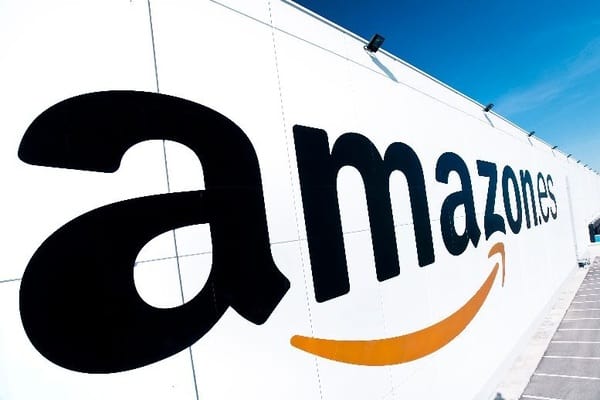As Amazon Prime Day draws to a breathless close, estimates are already coming in that it generated around $3.8bn in incremental revenue for Amazon, up 7% on last year. This has been driven, in part, by cash-strapped shoppers hoping for an inflation beating deal on everything from big ticket items to household essentials.
In fact, 83% of Prime Day shoppers said that inflation and rising prices influenced their Amazon purchase with a third (33%) claiming that they had waited to make a purchase until Prime Day sales. Interestingly, top categories reported by shoppers in the US on Prime Day buyers Household Essentials (32% of respondents), Health & Beauty (28%), Consumer Electronics (27%), Apparel & Shoes (23%),and Home & Garden (20%). More than 10% used Prime Day to get a cheap weekly shop of groceries in, according to early data from the US.
This push to use Prime Day to get deals more out of necessity than as sport marks a change in consumer behaviour that is both symptomatic of the current retail climate, as well as sending ripples out into the retail world for the coming six months.
The numbers clearly show that the economic downturn is both global and very real. It is feeding through into how consumers choose to shop and what they choose to buy. The top categories here on Prime Day point to it being much more skewed towards what is needed than what is desired.
This parsimony is also set to shape how consumers shop between now and the beginning of the peak season. Economy is going to be the watch word, and it is likely that volumes are going to decline while pennies are pinched and savings made to pay for gifts come Christmas.
This could be a difficult summer and autumn for retailers – and it will put even greater emphasis on this year’s Black Friday than we have seen for many a year.
This economic crush is also reshaping how retailers behave. The news that boohoo is to join a growing list of retailers charging for returns is testament to this. While the implementation of such charges, particularly in fashion, are aimed at covering the growing cost of handling the growing number of returns, they are also there to act as a brake on the wanton collecting of items in multiple colours and sizes, only one of which is then kept. This was never going to be sustainable and now that particularly fickle chicken has come home to roost.
However, the move to paid returns may be something that is ushered in at a time when behaviour is already changing. The Prime Day figures suggest that consumers are much more cost-conscious today and, just like retailers, don’t want their cash tied up in stock that is in transit to a returns processing facility. I suspect that the returns issue, while not about to vanish, is likely to abate.
Paid returns are set to stay in place – and are likely to become standard across all retailers – but there are also other things that retailers need to do to avoid the need for returns in the first place.
One is to provide the customer better information – particularly visually – about items. A survey out this week actually points to how consumers want more UGC selfies of items being worn by real people to stop them having to guess at what things look like.
Similarly, brands and retailers are also starting to invest in AI and other deep thinking technologies to help better understand their customers, so that they can offer them more targeted promotions and serve up to them more of what they actually want. There is no reason why this, in the clothing sector, can’t start to also include fit and style. Amazon increasingly does this with clothing, though if my latest pair of shorts is anything to go by, it’s not always 100% accurate.
The key thing of note is that consumers are changing and the need for paid returns may soon no longer be an imperative that it is today. If car company BMW is anything to go by, it may just be the time to see what retailers can get away with: it is offering the option of heated seats in some of its cars as a £15 a month subscription. While in the current heatwave this may make sense, are people really going to want to rent heat? Whatever next, optional windows?
The key thing is that the car giant is at least looking at the zeitgeist and attempting to find innovative ways to tap into it. Boohoo could be said to be doing the same. It will be interesting to see how that plays out longer term.










